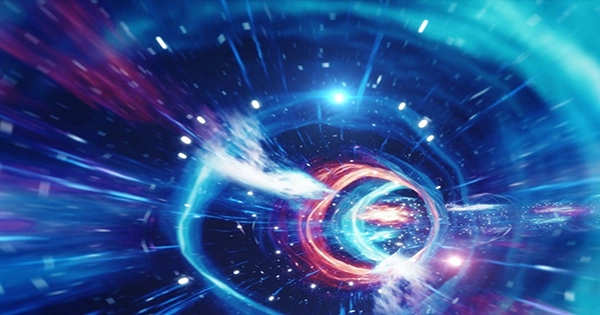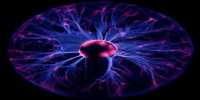Physicists have evoked short-lived X particles – so termed because nothing is known about their nature – in an attempt to explain the universe’s behavior fractions of a second after the Big Bang. Despite the fact that the conditions that produced these particles are no longer present in nature, efforts are being made to recreate them using particle accelerators. Creating an X particle in a similar environment should help us gain a better understanding of the early cosmos.
Thousands of physicists from nearly 200 research institutes have submitted a paper in the journal Physical Review Letters announcing the first detection of an X particle by slamming lead ions together. The particle X (3872) has been seen before, but due to the conditions, it decayed too quickly to learn much about it, which is especially relevant because it does not fit the existing quark model.
The research presents evidence for the X(3872) particle’s formation in quark-gluon plasma, a mixture of extremely hot elementary particles that are thought to mirror the cosmos in its first millionths of a second of existence. Even though X-particles are short-lived in these settings, it hoped that they would survive long enough to allow for more research. The X particles cannot be seen directly, as is the case with much in particle physics, but the expected products of their disintegration were recorded in 2018 using CERN’s Large Hadron Collider, according to the paper. It took years to study the 13 billion collisions that occurred as lead ions collided at almost the speed of light.
The collisions create quark-gluon plasma, which cools to generate a plethora of particles, some of which are unusual. X particles are one among them, but they have proven difficult to find among the other, considerably more numerous, developments. In the midst of this abundance, the researchers developed a machine-learning technique to locate the daughter particles of X particle disintegration. “We were able to see the signal by lowering the background by orders of magnitude,” stated MIT’s Dr. Jing Wang in a statement. The search turned up 100 X (3872) particles, which is like discovering 100 needles in a massive haystack.
Dr. Yen-Jie Lee of MIT commented, “This is simply the beginning of the narrative.” “We’ve demonstrated that we can locate a signal.” We want to use the quark-gluon plasma to explore the X particle’s internal structure in the next years, which could alter our understanding of what kind of material the cosmos should produce.” Quarks are subatomic particles that make up the vast majority of the universe. The word quark comes from the line “The quarks for Muster Mark!” in James Joyce’s Finnegans Wake, which refers to the fact that they were initially supposed, always arrive in threes.
While the neutrons and protons that make up our bodies are made up of three quarks, further research has proven the existence of tetraquarks, four-quark particles. The researchers seek to find out if X (3872) is a tetraquark or not. The search for X (3872) particles brought together a large number of researchers in the hopes that measuring the speed of decay would show how tightly bound X (3872) is. According to current hypotheses, a radius of 0.3 femtometers (3*10-16 meters) to 1.5 fm is possible. It is critical to refine models of the universe’s early state by resolving the binding tightness, and thus the size, for this and other unusual particles.














